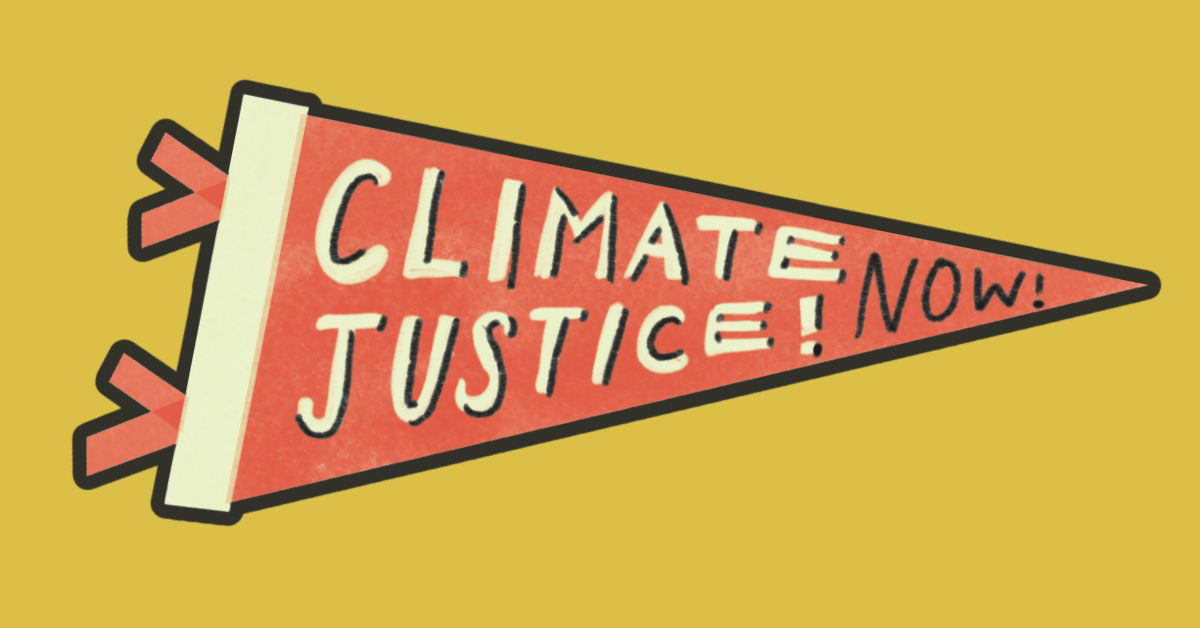North India is home to something called a “high desert.” It’s a mountain region, with the Himalayas cutting through it, and waterfall is scarce.
In fact, the area gets an average of just 50 millimeters of rainfall per year.
Most people who live there depend on Himalayan glaciers to melt so that they can collect fresh water.
As global temperatures rise, this method of collecting water has grown increasingly unreliable, since the glaciers melt too quickly for the water to pool so people can collect it.

But that’s all starting to change thanks to an engineer named Sonam Wangchuk, who is trying to turn his home into a thriving oasis. And, thanks to some innovative tinkering with the environment, he’s succeeding.
Instead of people spending a long, difficult journey to travel up to the glaciers to get fresh water, Wangchuk is bringing the glaciers to them.
Wangchuk created what’s he’s calling an “ice stupa” — basically an artificial glacier. The way it works is complicated but, essentially, pipes are laid high in the mountains that transport the melting water from the glaciers closer to where people can get to it.
Then, thanks to the special design of the pipes, that water freezes overnight, allowing people to collect it slowly as it melts again during the daytime.
These “glaciers” are huge — some 60-feet tall — and they take on sort a cone shape, which is the best way for them last into the spring and even summer months.

Their shape resembles “stupas”, Buddhist religious sites used for meditation and prayer. Since stupas are common in the region, Wangchuk feels that his invention is a natural fit for his people.
“Because it resembles something we have in our tradition, it is made more close to the population, to their hearts,” he told The Guardian.
The ice stupas may have a shape that makes it an organic addition to the geography of Wangchuck’s people, but they’re far from the only ones who are interested in them.
In 2016, Europe got its first ice stupa, this one situated in the Swiss Alps.
And according to National Geographic, Wangchuck is also working on one for India, where freezing a local glacier could help curb flooding issues.
But Wangchuk’s heart remains with his own people. “We in the mountains are minorities, not just ethnically but climatewise,” he told National Geographic.
“Things that work in New York or New Delhi do not work in the mountains. We have to find our own solutions for our problems.”
Wangchuk’s first two ice stupas were paid for through crowdsourcing back in 2013, but they were so successful that he got a grant from Rolex that will allow him to build twenty more and help pay to educate locals about ways they can use their environment to address issues facing their community.
A version of this story originally ran in Issue 02 of the Goodnewspaper in October 2017. The Goodnewspaper is our monthly print newspaper filled with good news.
You can join thousands of subscribers who get access to more exclusive stories like these, our private community space, a free inspiring poster, and so much more. Become a subscriber today.



